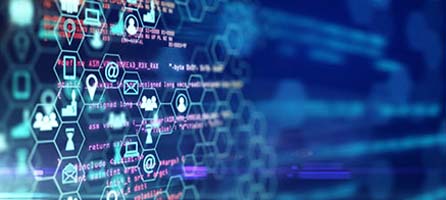5 Top Pitfalls of ERP / SAP Migration and How to Mitigate Them
It’s no secret that large enterprises are embarking on enterprise resource planning (ERP) modernization initiatives. In some cases, this is driven by SAP’s deadline for customers to migrate to S4/HANA by 2027. Others are undergoing cloud modernization and business transformation initiatives aimed at controlling costs, introducing new capabilities and streamlining resources and processes.
During an ERP / SAP modernization initiative, you may encounter some common challenges and mistakes that can be complex, expensive and time-consuming to repair. Here are some of the top pitfalls we have seen at enterprise customer ERP engagements and how you can overcome them:
1) Taking an application-centric migration approach
According to the 2023 ERP Report from Panorama Consulting Group, more than 50% of current ERP modernization projects run over budget.1 This can happen because the migration is narrowly focused on the ERP application, the people working on it and the processes it operates.
However, despite the ERP application’s critical role, you need to consider the wider enterprise landscape, as well as people and processes. Applications may change over time, but your data strategy, business processes and key stakeholders largely stay the same. Considering modernization from a wider lens will enable you to move to a more data-centered approach.
From a data management perspective, it is essential to consider your overall enterprise data governance to connect with the right people and processes, metadata and data lineage to understand dependencies and the impact they have both upstream and downstream.
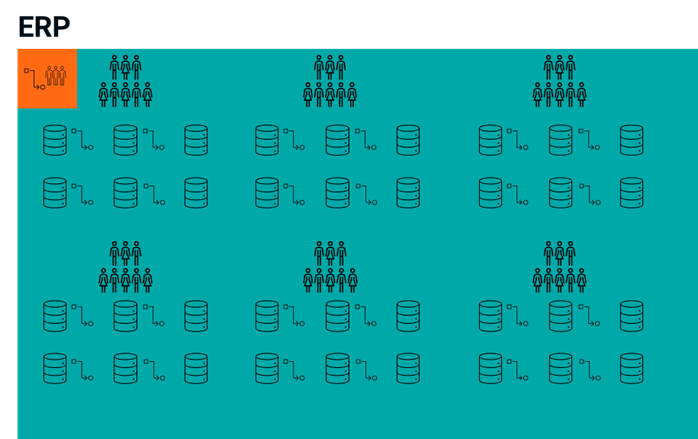
Figure 1: The overall enterprise (represented in blue) and the people, processes and applications involved should be considered during modernization in addition to the ERP itself (represented in orange).
2) Not involving the business
Some Informatica customers manage to mitigate the first pitfall by including the entire enterprise IT landscape in their ERP modernization program, but then they find out that their businesses are starting completely different transformation programs. When implementing a new transformation plan, you often need to remodel the ERP application, with some new SaaS cloud applications replacing some of your existing ERP use cases. This means you need to undergo a complete re-engineering effort after a huge ERP modernization program, resulting in higher costs.
In the same Panorama ERP Report, 35.5% of organizations surveyed said that the business process management aspects of ERP modernization were difficult or very difficult.2 To tackle this challenge, identify and plan for your functional business needs before deciding on a target ERP choice and modernization strategy. By doing so, you not only can involve the business early in the process but also as an integrated part of your ERP modernization program.
From a data management perspective, you need to connect key business initiatives and programs with your interrelated data strategy and elements. This includes aspects such as a data marketplace, which connects different business (and technical) stakeholders together independent of applications such as an ERP.
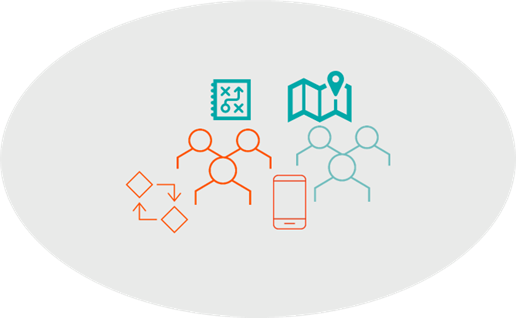
Figure 2: You need to have both business (represented in blue) and IT (represented in orange) personas as an integral part of your ERP modernization program.
3) Depending on proprietary architecture
Most existing ERP applications today are proprietary in nature, meaning skills, data and processes are specific to the ERP application and underlying technology. This makes it complicated for the rest of your enterprise applications, data and analytical ecosystems to integrate with the ERP system. Mitigating this pitfall to ensure a seamless integration of data, people, processes and skills should be a critical consideration in choosing your target ERP landscape.
From a data management perspective, it is essential to consider composable services that are API-first and support multi-cloud and hybrid deployment as well as compute strategies. This will enable you to switch your application landscape with minimal data management impact.
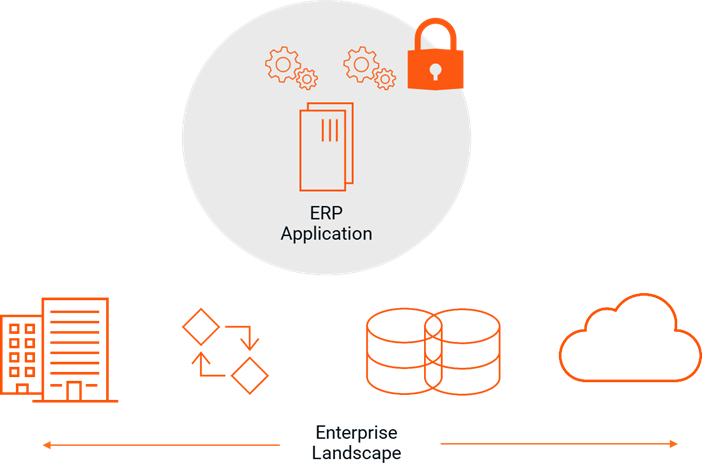
Figure 3: Most existing ERP applications are siloed from the rest of the enterprise landscape.
4) Underestimating the data integration hairball
Commonly overlooked aspects of ERP modernization include data integration and downstream dependencies. As legacy ERP applications have stood the test of time over decades, they include complex, ad-hoc and various types of integrations that might be linked to both inbound and outbound processes and data exchanges. This model often creates an “integration hairball,” which can take a lot of effort and be extremely complex to detangle. In attempting to do so, you risk incorrectly identifying dependencies or overlooking an integration impacting a critical downstream business process.
It is therefore important to both identify and carefully plan how to address integration. You need to ensure that you identify upstream and downstream impacts and determine how the same situation can be avoided in the target ERP landscape. But this also gives you the opportunity to rationalize and implement several integration solutions upfront that otherwise may have been incorporated to fix problems as they arise. Ultimately this can save you time and reduce costs.
From a data management perspective, it is essential to find an end-to-end data integration service with common design patterns that can be leveraged to support different integration patterns (serverless; event-driven; batch; extract, transform, load (ETL); extract, load, transform (ELT); streaming; API; etc.)

Figure 4: Compare the expected scenario of data integration for ERP (left) with the reality of integration hairballs in existing ERP applications (right).
5) Expecting ERP components to stay as-is
Sometimes, enterprises expect their ERP components to stay as-is throughout the project because the technology vendor or the overall approach is a migration instead of modernization. Although this might sound simpler in the context of the ERP modernization component, it creates a larger technical debt situation and less flexible architecture for future use.
To mitigate this pitfall, many enterprises consider implementing a smaller, core ERP landscape that contains only the critical ERP operations. In this case, they would move many of the satellite components — such as data integration, data quality, master data management, data analytics, operational and analytical reporting, etc. — to a system with capabilities better optimized to meet enterprise needs.
That system would then work together with a composable ERP landscape. This also allows enterprises to move away from a monolithic ERP landscape to a set of composable ERP-based services that can individually be changed or enhanced without impacting the rest of the landscape.
From a data management perspective, leveraging a composable set of services that can share and exchange common metadata intelligence is crucial. The breadth and depth of native connectivity (both for data and metadata) to an enterprise application ecosystem (varying from mainframes to the latest SaaS services and cloud providers) supports such an architecture in practice.

Figure 5: Enterprises are moving away from a large core ERP Landscape to a composable yet integrated ERP landscape.
Prepare for Your ERP Modernization with Informatica
To mitigate these pitfalls, the Informatica Intelligent Data Management Cloud (IDMC) offers an end-to-end data management ecosystem that integrates with hybrid or multi-cloud applications and analytics solutions to support your enterprise ERP modernization.
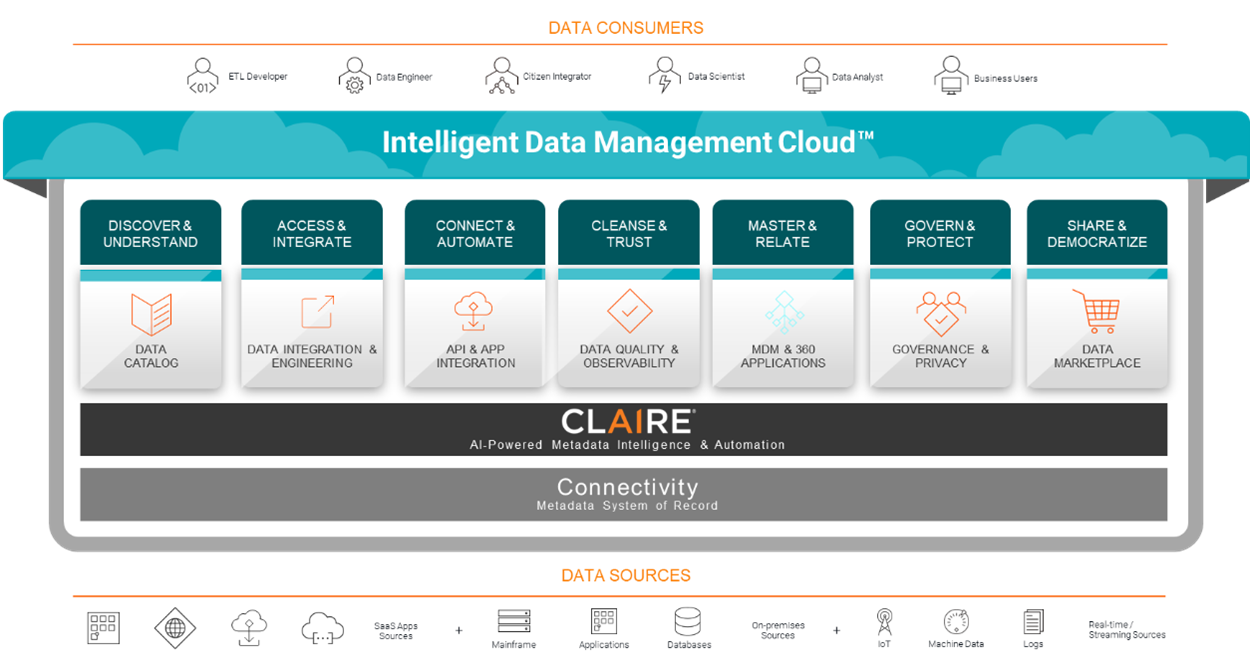
Figure 6: The Informatica Intelligent Data Management Cloud offers comprehensive end-to-end data management to support your ERP / SAP modernization.

